Sewing Glossary: How to Sew a Baby Hem Tutorial
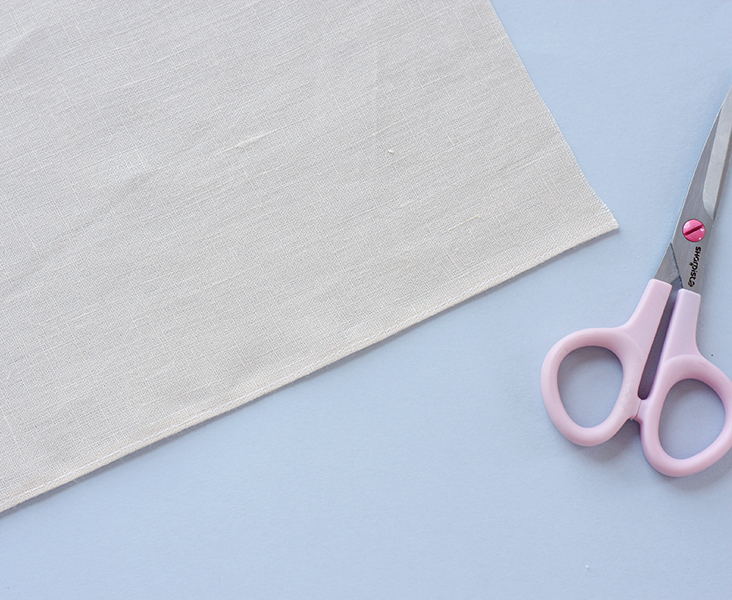
A baby hem, as its name suggests, is just a tiny narrow rolled hem that is only 1/8” or 1/4” wide. The fabric is double turned to enclose the raw edge within a small fold. This technique is used on sheer or lightweight fabrics to create a neat and delicate finish. A baby hem is done on a sewing machine without a rolled hem foot.
Doing a baby hem on a garment is easy if you know the correct steps which we are going to show you in this tutorial.
Materials & Tools
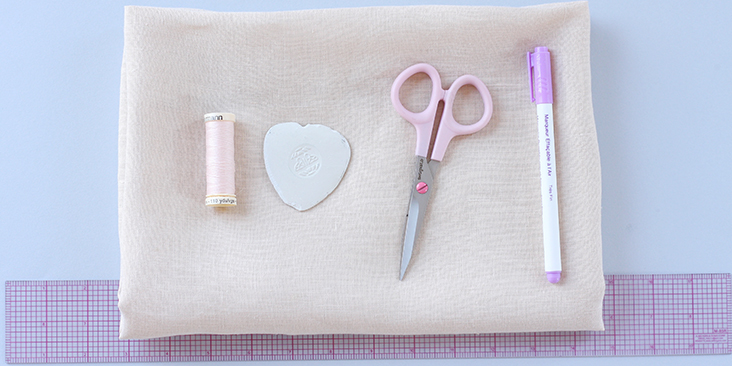
Any lightweight fabric of your choice (we are using IL020 NUDE Softened lightweight linen),
Matching sewing thread (for the purpose of this tutorial we have used a contrasting colour thread), scissors, ruler/measuring tape, fabric marker/chalk, sewing machine
Difficulty
Beginner
Steps
Note: To avoid shrinking and wrinkling, prewash your fabric and tumble dry it until it is still slightly moist, let it dry in room temperature and then iron.
Contrary to the method where you sew your hem with a rolled hem presser foot, for this technique you’ll be using your regular presser foot. Set your machine to a small stitch length (number 2 or 3) and let’s start!
1. Place your fabric wrong side up and draw a line with a fabric marker or a piece of chalk 1/8″ shorter than you standard seam allowance. For example, for a 1/2″ seam allowance, draw a line 3/8″ (1 cm) from the raw edge.
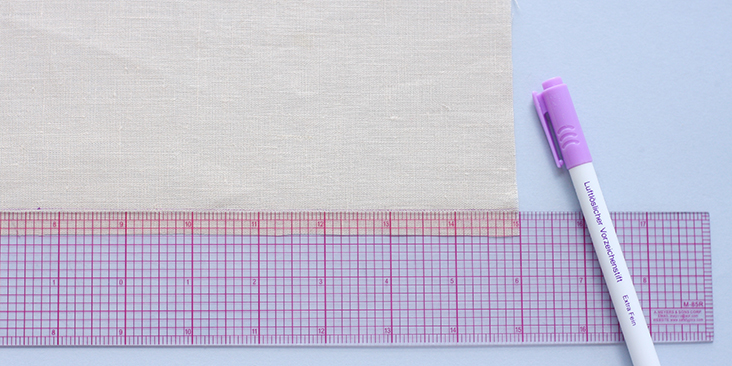
2. Press the seam allowance up along the line.
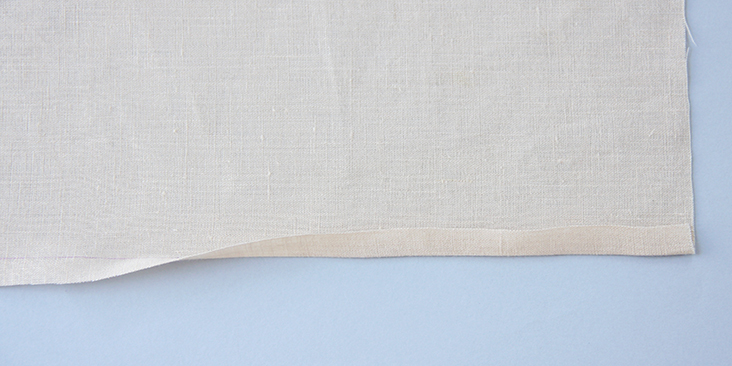
3. Topstitch 1/8″ (3 mm) from the folded edge.
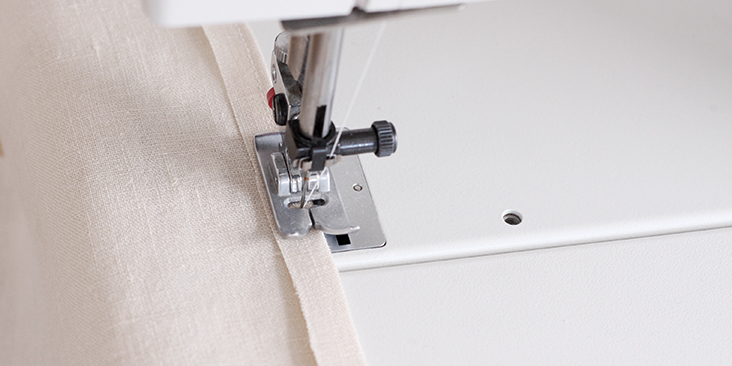
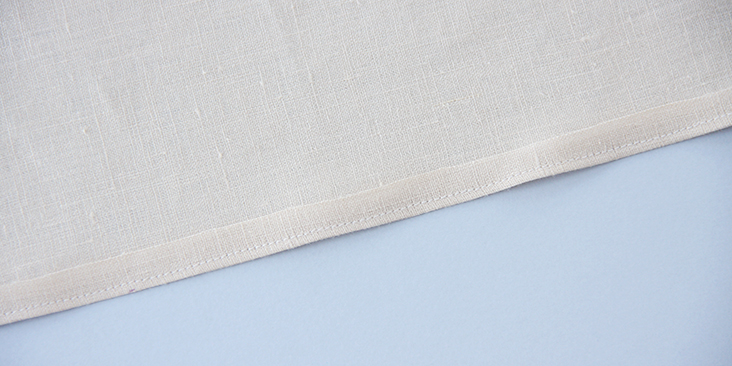
4. Carefully trim the excess seam allowance as close to the stitching line as possible.
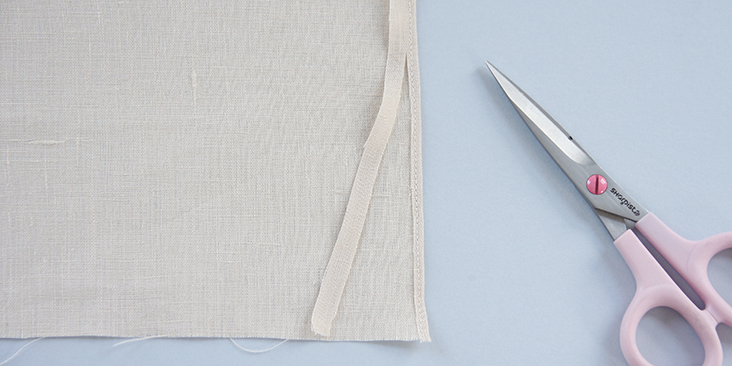
5. Roll the hem up again to the wrong side to create a tiny fold. Press.
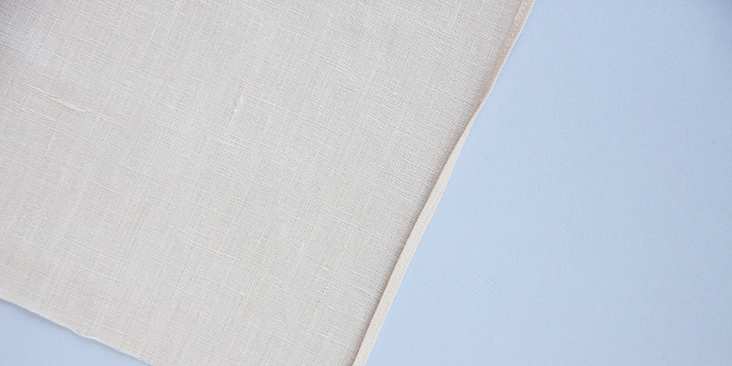
6. Now, with your rolled hem facing you, stitch another straight line directly on top of the first one.
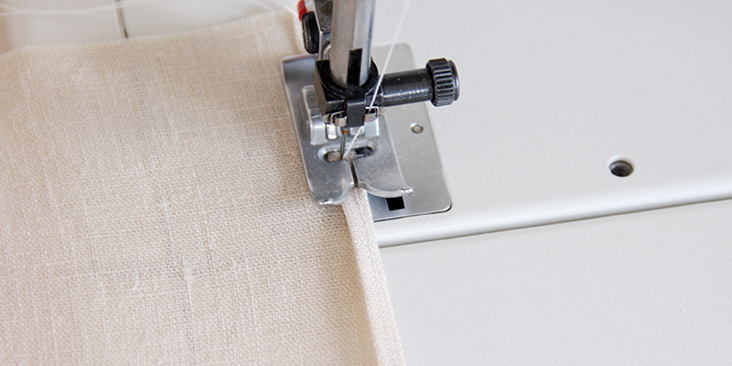
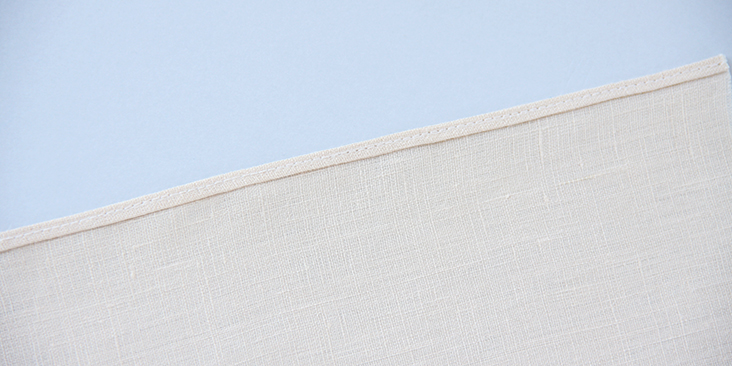
Press the hem and you are all done! Pretty easy for something that small.
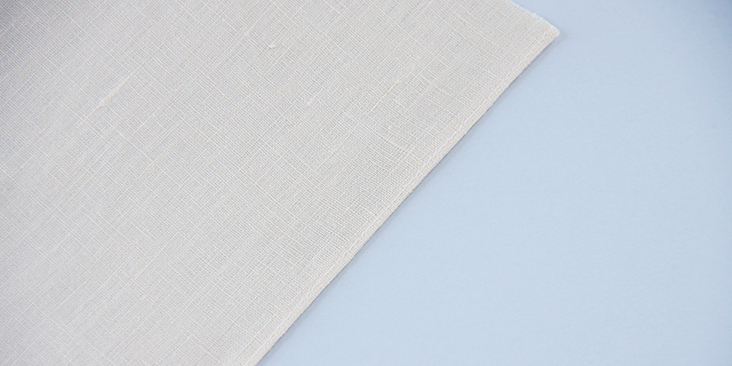





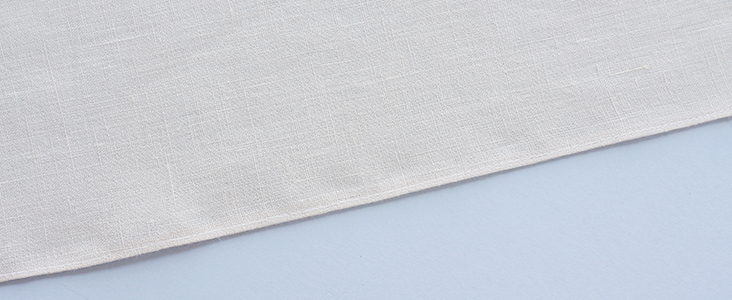
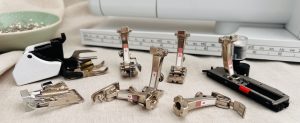
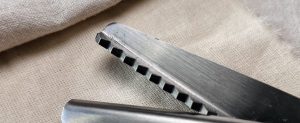















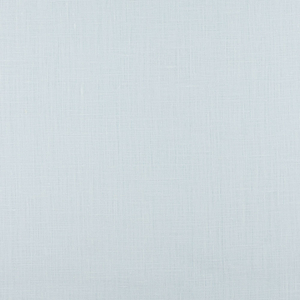
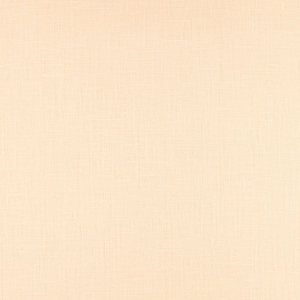

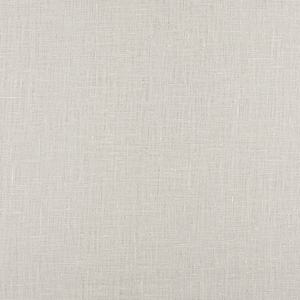
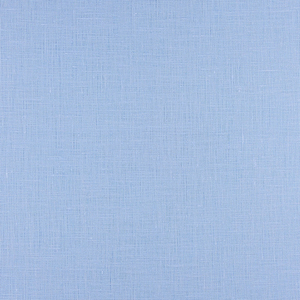
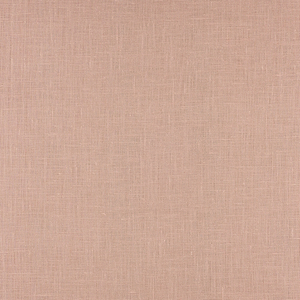
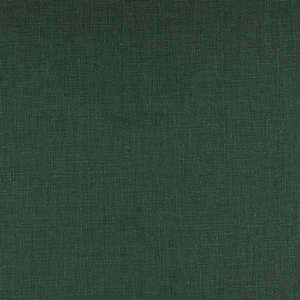
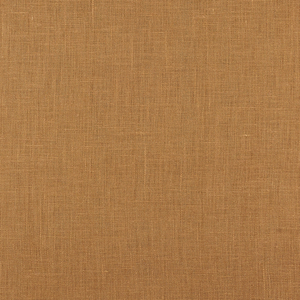



















14 Comments
Brenda P
To those who want only one thread, there is an alternative. Use thread that dissolves when it is washed. Voila!
Rima Khusainova
Great tip! Thank you Brenda!
Textilekid
Hi, I find your method of making this fine seam very successful. I do one thing differently however when I use this method, I make the first line of stitching with a very long, gathering type stitch that I then press flat. This enables me to easily pull out the first line of stitching so the seam has as little bulk and thread in as possible.
Melissa
I agree with Textilekid, the longer first stitching is an excellent way to be able to remove that first stitching. It’s a must otherwise, you end up with too much bulk.
Rima Khusainova
Dear Melissa and Textilekid, thank you both very much for sharing this sewing tip with us. It’s an excellent technique but I wouldn’t say that it’s “a must”. The method that is suggested in the post gives excellent results with no additional bulk. As it’s always is with sewing, there are many ways to do it.
Laura Graham
I usually just fold up 1/4th to 1/8th inch and press, repeat, then sew my seam. That way, only one line of thread. It seems like it would be a thicker seam, sewing twice along the same line. Thanks for a new way of doing this baby hem, I will have to try it and see the difference.
Diane
Brilliant! I, too, have never done a baby hem this way. So much easier than how I have been doing it. Thank you so much.
Rima Khusainova
Thank you Diane!
Sandra Corlett
Wouldn”t you need to mark your seam allowance a generous 1/8″ smaller than the intended finished hem? This method is increasing the amount of the hem by a generous 1/8″.
Rima Khusainova
Dear Sandra! Thanks a lot for your comment, you made a really good point here! I’ll make a correction to the post about this.
Sandra Corlett
I teach sewing to high school students so I caught this right away.
Jerilyn Vogelsang
Have you already made the correction in the posted instructions?
Sue
Thank you. A really nice tutorial! I’ve sewn forever , and would not have done it this way. Will definitely try this, much easier than the way I have attempted.
Rima Khusainova
Thank you Sue!